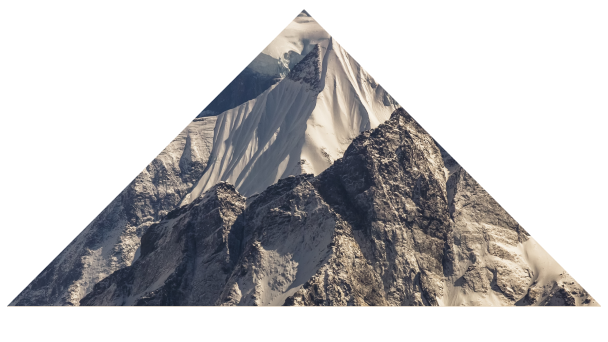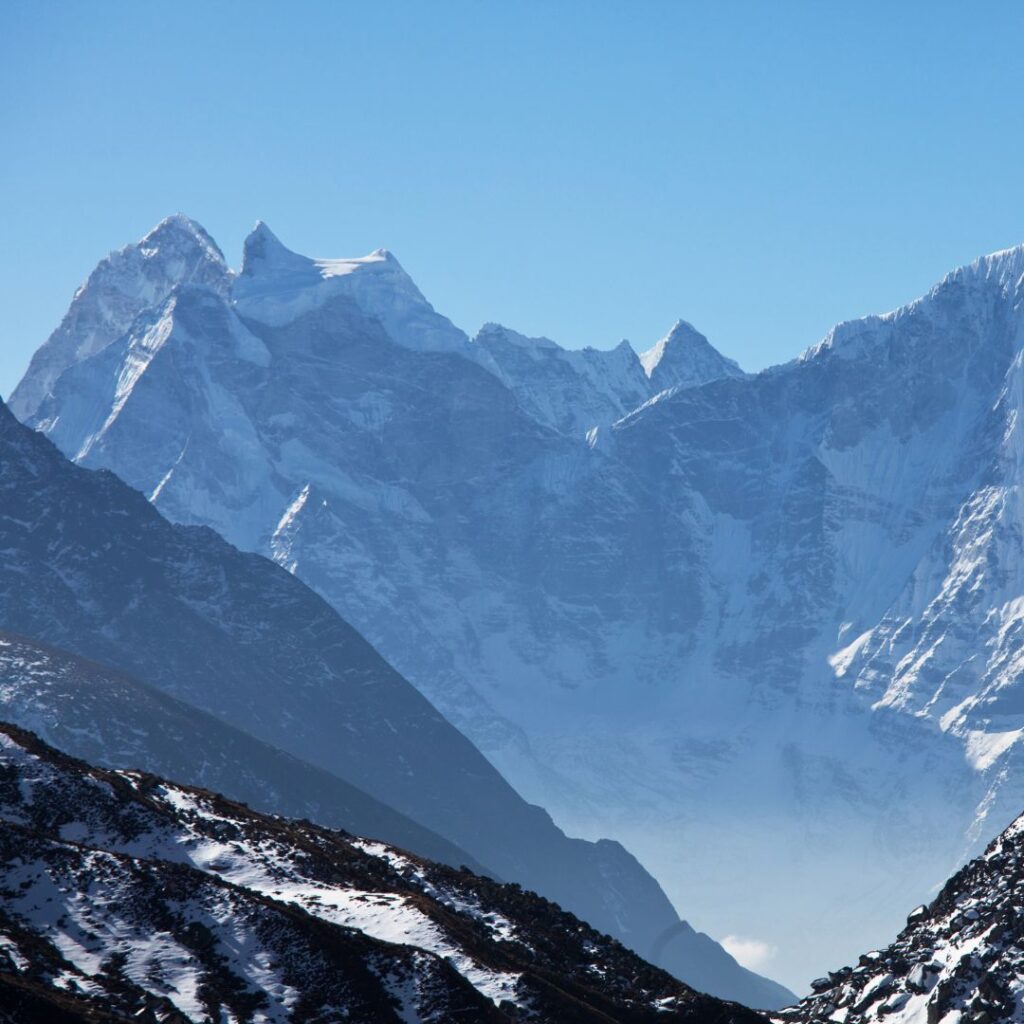The idea behind the GHT


Vision and Mission
The Great Himalaya Trail (GHT) is much more than a trekking route.
It is a vision of a continuous, long-distance journey across the Himalayas — one that combines adventure, contemplation, and environmental responsibility.
The trail was born from the idea of connecting Nepal’s most spectacular and remote mountain regions into a single, coherent route — one that crosses dozens of high passes and valleys, multiple cultural zones, and diverse climatic regions.
GHT is grounded in deep respect for local communities — their culture, languages, and traditions.
It also promotes the sustainable development of high mountain areas that often lie far beyond the reach of mainstream tourism.
It is a mission of conscious movement through the Himalayas — a journey made with respect for the landscape, its people, and for oneself.
Crossing the GHT is not only a physical and mental challenge, but also an experience of deep immersion in the diversity of nature and human life found nowhere else on Earth.
Integration with Culture and Nature
The Great Himalaya Trail is a route that combines the idea of trekking with deep immersion in local culture and the natural environment.
It leads through remote Himalayan villages, offering a unique opportunity to encounter daily life, traditions, and the warm hospitality of mountain communities.
At the same time, every step along the trail is an act of attentiveness toward nature — a movement in harmony with the rhythm of the landscape and with deep respect for the fragile high-altitude ecosystem.
Sustainable Development and Positive Impact
One of the core principles of the Great Himalaya Trail is to support the sustainable development of the Himalayan region and to make a real, positive impact on the areas it traverses.
Trekking in the Himalayas is not only a personal adventure — it is also a way to support local communities, their economies, and environmental initiatives.
GHT promotes responsible travel, combining ecological awareness with active engagement in the well-being of the places and people encountered along the way.
Diversity and Accessibility
The Great Himalaya Trail is not a single path, but an entire network of possibilities — diverse, layered, and open to many ways of experiencing the mountains. Its structure allows the route to be adapted to the trekker’s level of experience, physical condition, available time, and preferred travel style. It is a space where both beginner hikers and seasoned high-altitude explorers can find their own way.
The Nepali section of the GHT offers two main options:
Cultural Route — a lower, more accessible network of trails running through inhabited valleys, villages, and historic trade routes. It is ideal for those seeking contact with the culture, traditions, and daily life of the Himalayan region.
High Route — a demanding, expedition-style route crossing high passes over 5,000 and even 6,000 meters above sea level, with limited infrastructure. It requires self-sufficiency, logistics, and proper preparation.
Education and Awareness
The Great Himalaya Trail is also an educational space — a path that shapes awareness not through theory, but through lived experience.
Walking through regions of immense ecological and cultural richness, the traveler comes into direct contact with some of the key challenges of the contemporary world: climate change, rural depopulation, the pressures of tourism, but also the enduring strength of local traditions and ways of life.
GHT invites reflection on how to be a guest rather than a consumer, how to enter into a relationship with landscape and people with attentiveness and humility.
By moving along the peripheries of the globalized world, the trail becomes not only an adventure, but a means of deepening knowledge, understanding, and a sense of responsibility toward the world we move through.

History of the Great Himalaya Trail
Ancient Traditions and Trade
The Great Himalaya Trail has its roots in a network of ancient trade routes that stretched from Indochina to Afghanistan, including parts of the famed Silk Road.
For thousands of years, these paths were used to trade salt, timber, grains, wool, livestock, gold, and precious stones, contributing to the development of diverse communities and cultures along the Himalayan corridor.
The First Europeans in the Himalayas
The first Europeans to reach deep into the Himalayas were Jesuit missionaries in the early 17th century. The first among them was Father Antonio Andrade, who in 1626 crossed from India into western Tibet.
William Moorcroft, considered the father of modern Himalayan exploration, set out in 1812 in search of Tibetan goats for the cashmere trade, with a second major expedition taking place between 1819 and 1825.
The Birth of Mountaineering
In the 1880s, a new “sport” reached the Himalayas — mountaineering. W. W. Graham, Sir Martin Conway, and Douglas William Freshfield were pioneers in exploring the unknown valleys of Sikkim and the Karakoram.
After World War I, numerous expeditions were organized to scout and attempt the ascent of major peaks. The disappearance of Mallory and Irvine on Mount Everest in 1924 ignited the world’s imagination and fascination with Himalayan exploration.

List of Great Himalaya Trail Crossing Records
Peter Hillary, Graeme Dingle, S. P. Chamoli
Year: 1981
Description: First documented continuous crossing of the Himalayas, from Kanchenjunga on the Nepal–Sikkim border to Concordia at the base of K2. Duration: 10 months.
Adrian and Richard Crane
Year: 1983
Description: Ran from Darjeeling (Sikkim) to Pakistan in 100 days. Their story was documented in the book Running the Himalayas.
Sean Burch
Year: 2010
Description: Ran across the Himalayas from east to west, combining the High and Cultural Routes of the GHT, in 49 days.
Lizzy Hawker
Year: 2016
Description: Ran across the Himalayas from east to west, mainly along the High Route, skipping the most technical sections. Duration: 42 days.
Andrew Porter
Year: 2016
Description: Ran across the Himalayas from west to east, combining the High and Cultural Routes of the GHT. Duration: 28 days.
